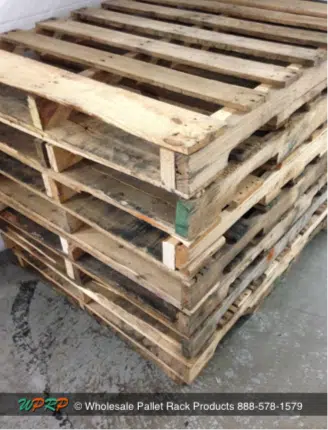An Overview of the History of Pallets
Pallets are all the rage these days. You can outfit an entire house full of furniture and accessories made from them. You can build playhouses and gardens out of them, and of course, along with their BFFs the fork lift and pallet rack, they are the backbone of our whole industry. So how did these simple wood frames that bear the weight of the world originate?
Pallets first started their journey as flat platforms used for stacking kegs and crates. Before pallet rack, items were often stored in barrels and stacked, but only as high as the user could manageably reach. Soon the platforms sprouted legs and became skids, which were more easily pushed or dragged by workers. Skids were either “live”, outfitted with casters for easy manipulation or “dead”, as the definition suggests, not mobile. Early platform lift trucks could be used to slowly move the skid, if you were fortunate enough to own one.
Skids worked better than their platform predecessors, but not great. They were often sized in relation to what they were holding. The big downer here is that if the receiver did not have the space or ability to move that particular size, the cost and time to manually move the items was considerably more trouble than it was worth.
When WWII came around, the need to move and store materials was at it’s greatest and a smarter more standardized way of doing so was imperative. A few things happened all at once;
spacers were added to the skid legs, as well as a bottom layer for more stability creating the modern pallet, a standard pallet size was introduced and forks replaced the platform on lift trucks. Viola! A cost effective, standardized system was born and the rest, as they say, is history.

